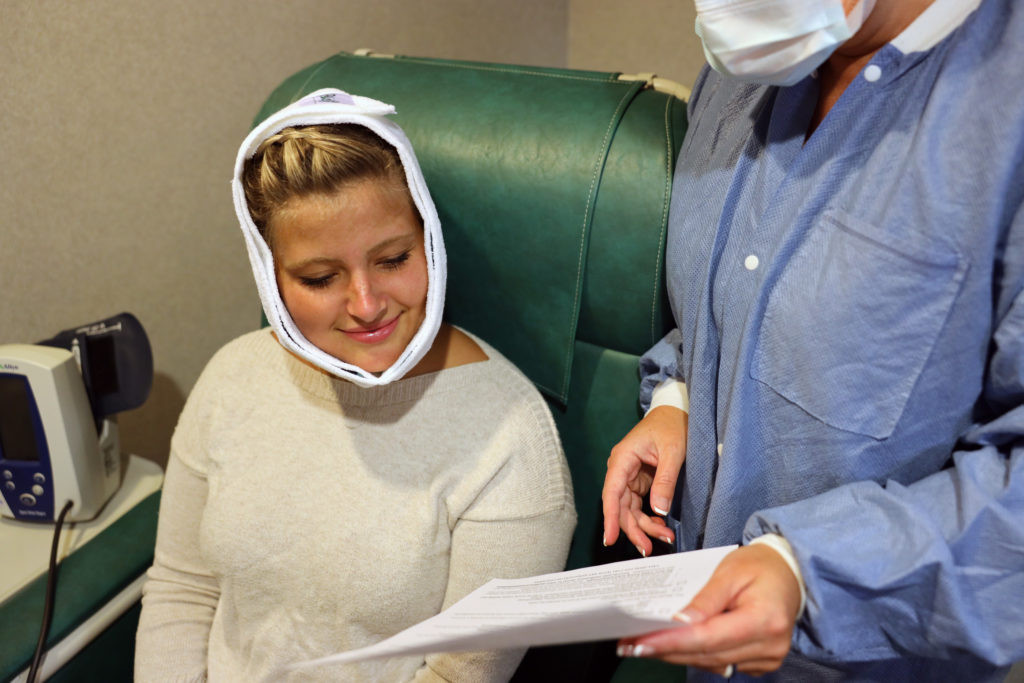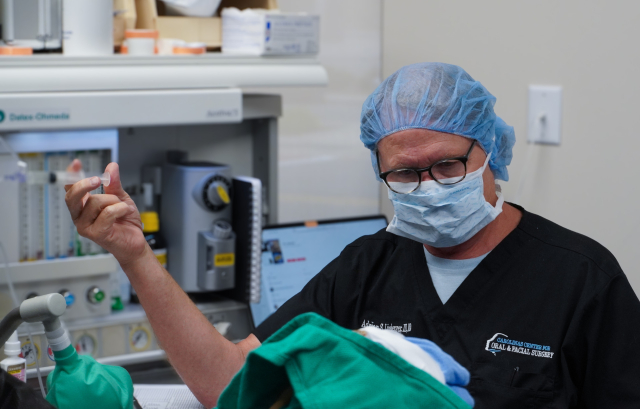
Your Comfort Matters
Anesthesia is one of the significant advancements of modern medicine, allowing surgeons to work uninterrupted while patients have a relaxing, pain-free experience. Anesthesia services are tailored to the complexity of the surgical procedure and your individual needs to ensure the highest level of safety, comfort, and treatment effectiveness.
For less invasive procedures like tooth extractions, local anesthesia or mild sedation may be most effective, whereas complex jaw surgeries require deeper sedation or general anesthesia to manage pain, reduce stress, and maintain patient safety throughout the surgery.

OMS vs. Anesthesiologist
As part of their extensive training in dentistry, internal medicine, and surgery, oral-maxillofacial surgeons are also rigorously trained in anesthesia. This includes observing anesthetic procedures, administering different kinds of sedatives, and monitoring patients before and after procedures. All this training makes your oral surgeons well-equipped in the use of anesthesia. In fact, according to the Delaware Journal of Public Health, a whopping 78% of anesthetic procedures between 2018 and 2021 were performed by an OMS.
There are cases in which general anesthesia will be administered by an anesthesiologist in the OR, based on the needs and safety of the patient – and the judgment of the oral surgeon. This is often the case for more serious procedures such as reconstructive jaw surgery and TMJ surgery. It is also common when a patient has a serious health condition like heart or lung disease.








